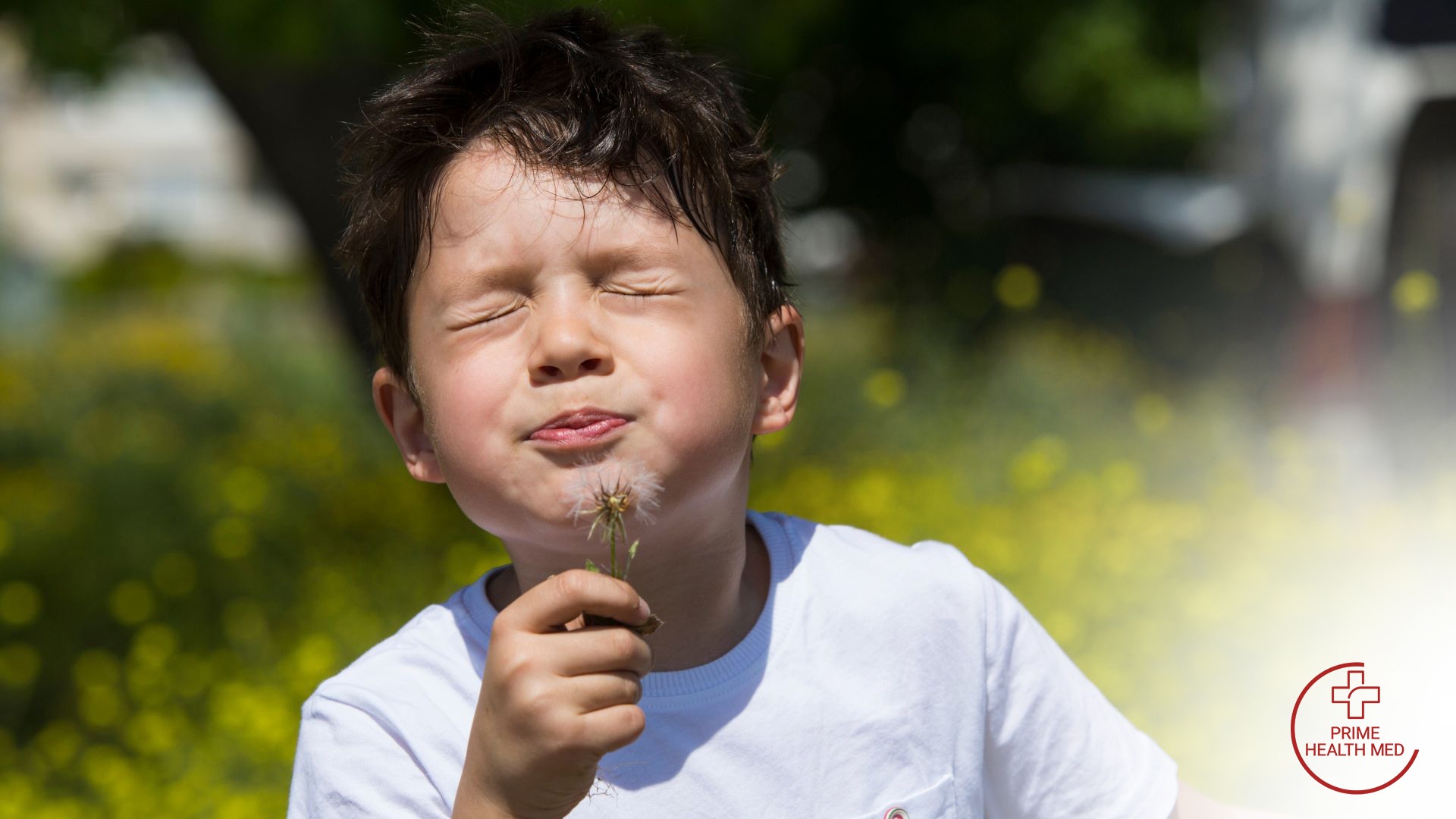
Kids and spring allergies
Allergies can occur at any age, with the most common ones appearing in childhood.
Many times the allergy can subside over the years, but if proper attention is not given, they can escallete and worsen. In essence, allergy is an inherited sensitivity that manifests itself as a severe, acute or chronic reaction to substances that are not pathological. Thus, the immune system overreacts to various substances, such as drugs, foods (e.g. milk, shellfish), silicone (latex), dye substances, local anaesthetics, dust and pollen.
The most common childhood allergies include hay fever, allergic rhinitis, allergic asthma, conjunctivitis, skin rashes, allergy to stinging hymenoptera (wasp, bee, ant, etc.), drug allergy and food allergy. Allergic rhinitis is associated with frequent runny nose, congestion and headaches and comes in two types: seasonal, caused by pollen and occurring in spring, and annual, caused by dust mites, chemicals and fungi. Allergic asthma occurs mainly in childhood and develops into chronic inflammation, with symptoms such as breathlessness, coughing and wheezing, caused by allergens such as pollen, fungi and household dust. These allergens can also cause skin rashes, which appear as red marks on the skin and cause severe itching, and conjunctivitis, which causes irritated and red eyes.
Parents should be particularly careful and, if they notice any of the above symptoms in their kids, they should contact their paediatrician immediately, so he can guide them on the appropriate treatment. Early diagnosis and proper treatment is crucial for effective management and possible permanent resolution of the problem. If the child has an allergy, it is important to avoid the allergen that causes it. The use of antihistamines, inhaled medications or cortisone should only be used under the guidance of a specialist and when necessary. In addition, family education is vital to effectively manage allergic reactions and prevent complications in the future.
 El. Venizelou 220, Limenas Hersonissos 700 14
El. Venizelou 220, Limenas Hersonissos 700 14 (+30) 2897 302 900
(+30) 2897 302 900 info@primehealthmed.gr
info@primehealthmed.gr